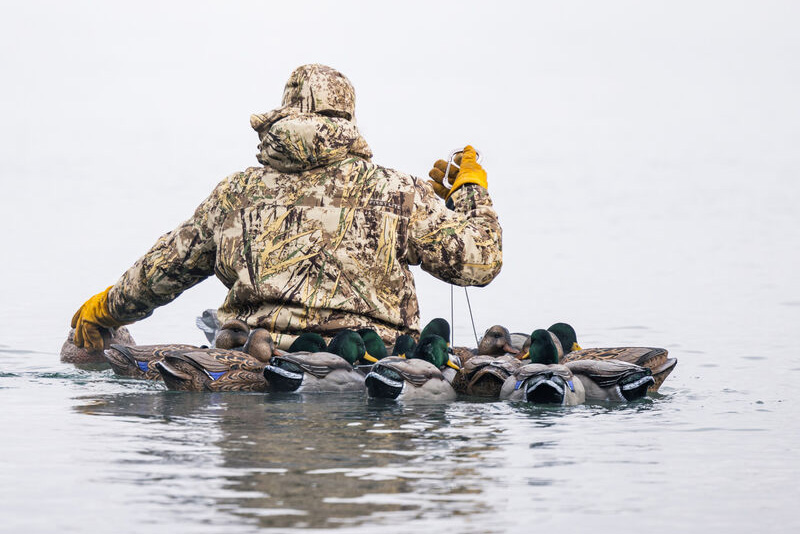Water hunting, whether it’s for treasure, artifacts, or lost valuables, is an exhilarating and rewarding pursuit. However, navigating underwater environments presents unique challenges that require specialized gear to ensure safety, efficiency, and success.
From metal detecting in shallow rivers to scuba diving in deep seas, selecting the right water hunting gear is essential for maximizing your experience and uncovering hidden treasures. In this long-form blog, we’ll explore five crucial factors to keep in mind when choosing the right water hunting gear.
Waterproofing and Submersibility:
One of the most fundamental considerations when selecting water hunting gear, including Waterfowl Hunting Jacket is its waterproofing and submersibility capabilities. Given that much of your time will be spent submerged or in wet environments, it’s crucial to choose gear that can withstand exposure to water without compromising functionality or performance.
For metal detectors, underwater cameras, and other electronic devices, look for models specifically designed for underwater use with sealed housings and waterproof ratings that meet your diving depth requirements. Additionally, ensure that accessories such as headphones, control units, and batteries are also waterproof to prevent damage and malfunctions underwater.
Durability and Corrosion Resistance:
Water hunting gear is subjected to harsh conditions, including saltwater corrosion, abrasive sand, and rocky terrain, which can quickly degrade inferior materials and compromise performance. Prioritize gear constructed from durable and corrosion-resistant materials such as stainless steel, aluminum, and reinforced plastics to withstand the rigors of underwater environments.
For metal detectors, opt for coils, shafts, and control boxes made from corrosion-resistant materials to prolong their lifespan and maintain sensitivity over time. Similarly, diving knives, underwater cameras, and other accessories should feature rust-resistant coatings and robust construction to ensure reliability and longevity in challenging conditions.
Depth Rating and Pressure Tolerance:
Depending on your water hunting activities, the depth rating and pressure tolerance of your gear are critical factors to consider. Whether you’re snorkeling in shallow waters, free diving at moderate depths, or scuba diving in deeper seas, ensure that your gear is rated for the maximum depth and pressure levels you’ll encounter.
Metal detectors, for example, vary in their depth ratings, with some models capable of detecting targets at depths of several meters or more. Likewise, underwater cameras and dive lights should be rated for the appropriate depth to withstand water pressure and maintain optimal performance without leaking or malfunctioning.
Portability and Maneuverability:
Water hunting often involves traversing diverse underwater environments, from rocky shorelines to coral reefs, and requires gear that is portable, lightweight, and maneuverable. Consider the size, weight, and ergonomics of your equipment to ensure ease of transport and comfortable use during extended underwater excursions.
Metal detectors with collapsible shafts or detachable search coils offer greater portability and versatility for travel and storage, while compact underwater cameras and dive lights facilitate agile movement and exploration underwater. Additionally, prioritize gear with streamlined designs and adjustable features to accommodate different body sizes and diving preferences.
Advanced Features and Technology:
As technology continues to advance, water hunting gear incorporates innovative features and cutting-edge technology to enhance performance and efficiency. Whether it’s advanced target identification algorithms in metal detectors, advanced firearms training, high-resolution imaging capabilities in underwater cameras, or integrated GPS navigation systems in dive computers, explore gear with the latest advancements to optimize your hunting experience.

